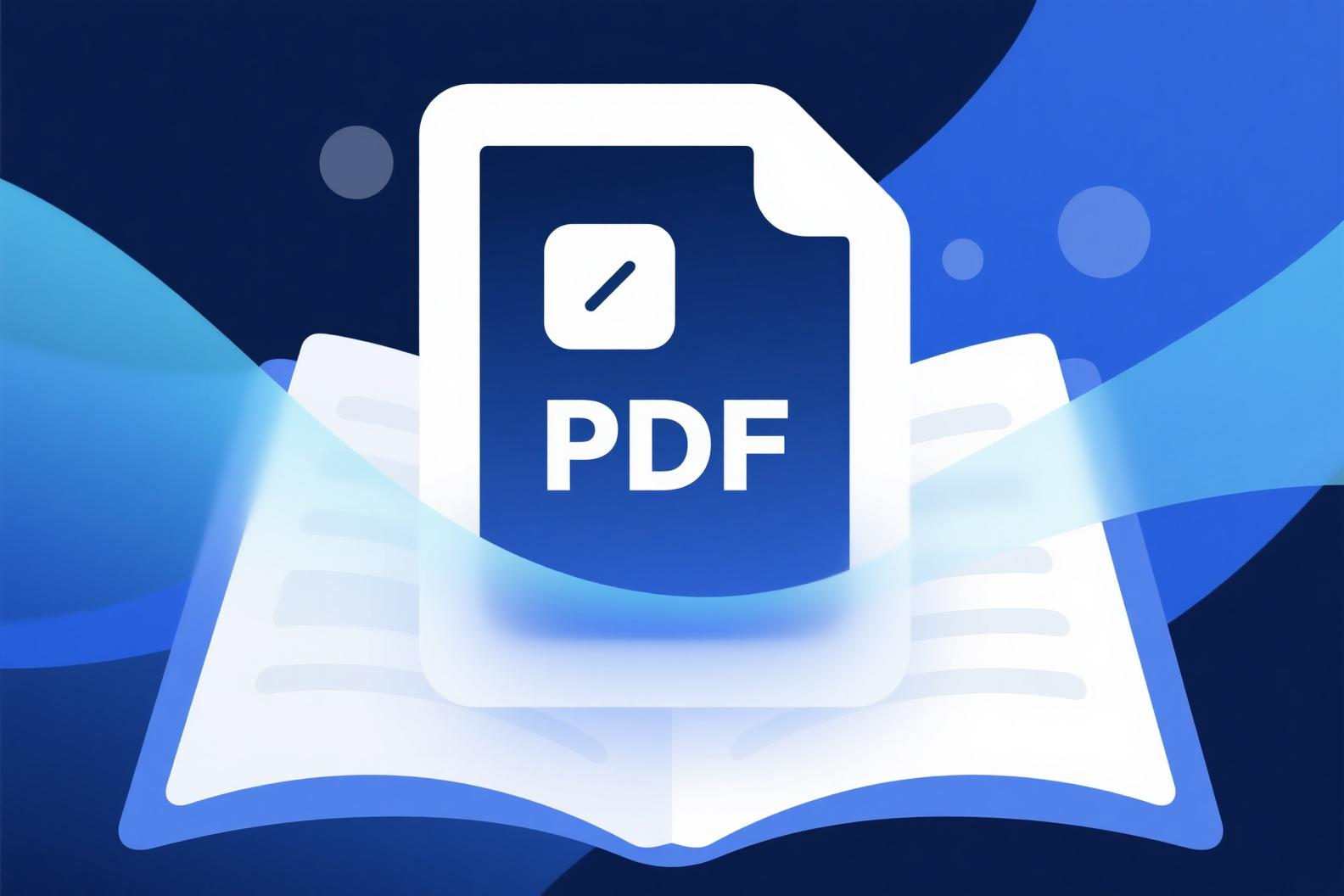In the era of digital office, PDF editors have become indispensable tools for work and study. With so many options available, how do you choose the one that best suits your needs?
1. Identify Your Requirements
-
Basic needs: Just viewing, annotating and simple editing of PDF files
-
Intermediate needs: Format conversion, merge/split PDFs, add watermarks, etc.
-
Advanced needs: OCR recognition, batch processing, form creation and other professional features
2. Consider Compatibility
A good PDF editor should support multiple operating systems (Windows, Mac, Linux) and mobile devices, and be able to handle different versions of PDF files.
3. Evaluate Security
Check if the software provides security features like password protection, permission settings, and digital signatures to ensure the safety of sensitive documents.
4. Trial Experience
Most professional PDF editors offer free trial versions. It's recommended to try before you buy to understand the software's response speed, user-friendly interface and functional integrity.
Guide to PDF Format Conversion
PDF conversion is one of the most commonly used features in daily office work. Here are several common conversion methods:
1. PDF to Word
The best way to preserve original formatting and layout is to use professional PDF conversion tools. We recommend using PDFSail, which can accurately recognize text and images while maintaining the original document layout.
2. PDF to Excel
When you need to extract table data from PDFs, choosing a conversion tool with table recognition capabilities is particularly important. Good tools can automatically recognize table structures, reducing manual adjustment work.
3. PDF to PPT
When converting PDF to editable PPT files, pay attention to the preservation of layered elements and animation effects.
4. Other Formats to PDF
Almost all PDF editors support saving Word, Excel and other files as PDFs, but professional tools offer more output options such as compression quality and security settings.
Common PDF Processing Issues and Solutions
-
PDF file too large: Use compression tools to reduce file size while maintaining readability
-
Scanned PDF cannot be edited: Use OCR (Optical Character Recognition) technology to convert image text into editable text
-
PDF page order is messed up: Use professional page reorganization tools to adjust the order
-
Encrypted PDF cannot be edited: If you have permission, try to decrypt it; otherwise, contact the document owner
Recommended Tool
For the daily needs of most users, PDFSail is a comprehensive and efficient solution. It offers:
-
Intuitive user interface, no complicated learning required
-
Powerful format conversion capabilities that preserve original layouts
-
Rich editing features to meet various needs
-
Cloud processing that doesn't occupy local resources


